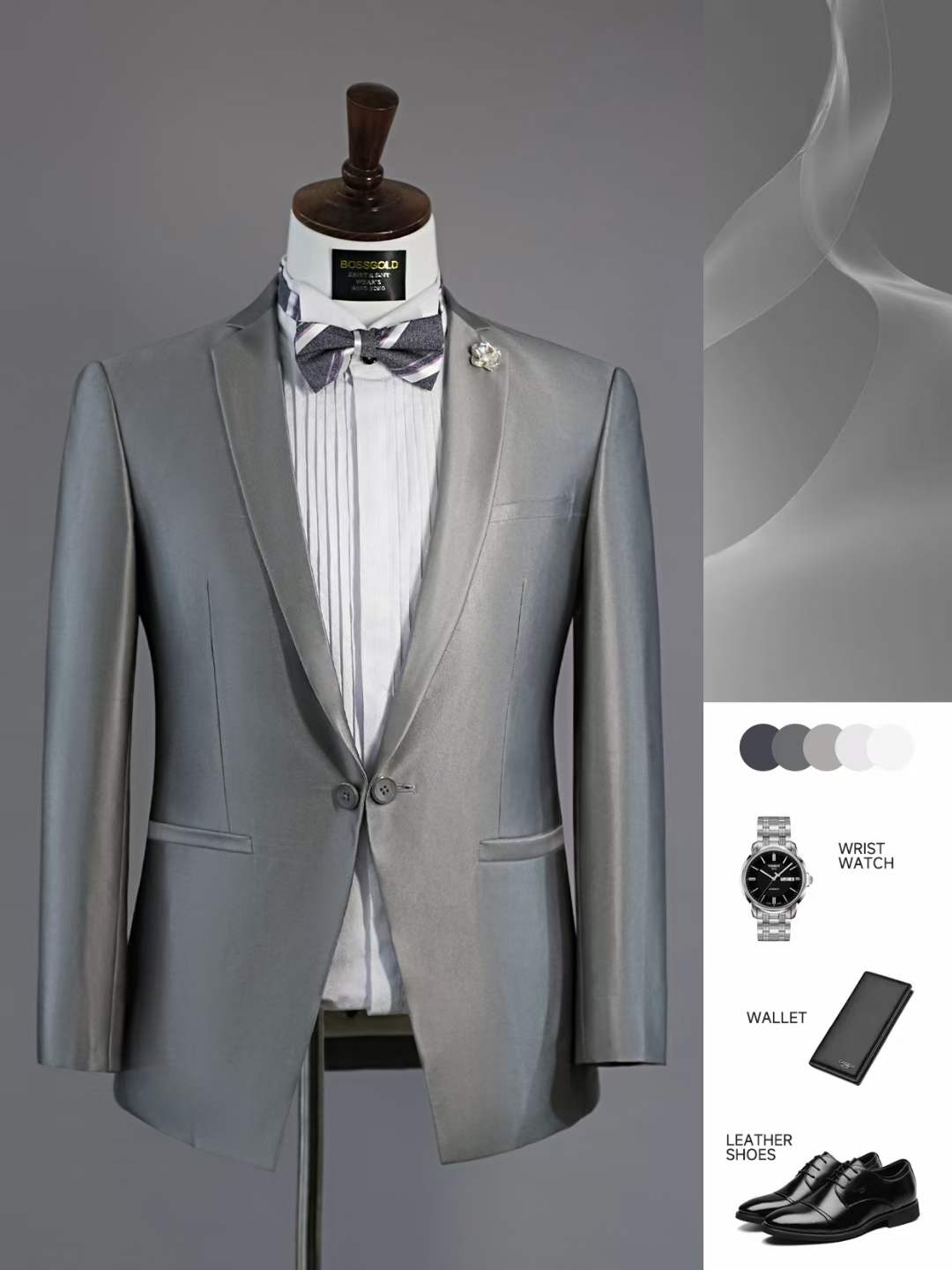The suit, a timeless symbol of elegance and professionalism, has seen numerous transformations over the centuries. One of the most significant changes has been in the choice of fabric. From the early days of pure wool to the modern era of synthetic fibers, the journey of suit materials is a fascinating tale of innovation, necessity, and fashion.
The Woolen Beginnings
Historically, wool was the primary fabric for suits. Its natural properties made it an ideal choice. Wool is breathable, allowing for temperature regulation, making it suitable for both summer and winter. Its natural elasticity also meant that woolen suits were durable, retaining their shape over time.
The different types of wool, from the fine Merino to the more rugged tweed, offered a variety of textures and weights, catering to different climates and occasions. The rich history of woolen mills in Europe, especially in regions like Savile Row in London, solidified wool's position as the premier suit fabric.
The Introduction of Cotton and Linen
As trade routes expanded and global travel became more common, there was a need for lighter, more breathable fabrics. Enter cotton and linen. Both these fabrics offered a cooler alternative to wool, making them perfect for warmer climates.
Linen, with its natural luster and lightweight, became popular in tropical regions. However, its tendency to wrinkle easily was a drawback. Cotton, on the other hand, was more versatile. While not as formal as wool, cotton suits became popular for casual and semi-formal occasions.
The Age of Synthetics
The 20th century saw a revolution in fabric technology with the introduction of synthetic fibers. Materials like polyester, rayon, and nylon began to make their mark. These synthetics had several advantages. They were more affordable than natural fibers, wrinkle-resistant, and offered a consistent finish.
By blending these synthetic fibers with natural ones, it was possible to enhance the durability and longevity of suits. For instance, a blend of wool and polyester could combine the elegance of wool with the durability of polyester.
However, pure synthetic suits, especially those made of cheaper materials, gained a reputation for being less breathable and sometimes uncomfortable in warmer temperatures.
The Modern Era: A Blend of Tradition and Innovation
Today, the suit fabric landscape is a blend of tradition and innovation. While wool remains a popular choice, especially for high-end suits, there's a growing trend towards sustainable and eco-friendly materials. Bamboo, for instance, is being hailed as a sustainable alternative, known for its softness and breathability.
Moreover, technological advancements have led to the development of performance fabrics. These materials are designed to be stain-resistant, water-repellent, and even stretchable, offering a blend of style and functionality.
Conclusion
The evolution of suit fabrics is a testament to mankind's ability to adapt and innovate. From the classic elegance of wool to the modern marvel of performance fabrics, the journey of suit materials reflects the changing needs, tastes, and technologies of the times.

